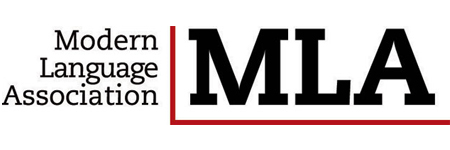Tools of a Theological Communicative Event: Alevi-Bektashi Tercuman Prayers
DOI:
https://doi.org/10.24082/2020.abked.280Keywords:
Alevi-Bektashi, tercuman, prayer, ritual, communicationAbstract
“Tercuman” is a significant term related to ritual within the Alevi-Bektashi belief system. It refers to prayers in verse or prose, said by members who perform the twelve duties during “cem” ceremony. Their content depends on the content of the duty preformed. In the context of “cem”, “tercuman” prayers convey the request for blessing of the duty and person performing it. Thus, person who perform the duty expresses its conditions and conveys its intentions by speaking to religious leader “dede”, who leads “cem”, at the micro-level, and to God at the macro level. “Dede” responds with “gulbank” prayer. Consequently, a communicative event, whose codes have theological and mythical character, occurs between them.
Belief and culture, common to both sender and receiver, shape communication codes, that have ritual character at “cem” ceremonies. There are values and beliefs among both sides that are reconciled without being discussed, and the decisive thing in their formation is the traditional structure itself. In the ritual context, the purpose of all practices, generated by the common belief and cultural codes, is to take time and space out of everyday life. Religious leaders and persons who perform the duties are saying certain words that repeat each other during “cem” ceremony. These expressions determine the content of rituals, and an artistic rather than everyday language is preferred in their formation. During the “cem” ritual, both performer-performer communication and performer-attendant communication are a dialog, in which the codes are encrypted, and the usage of expressions in this dialog has been predetermined by the traditional structure. This paper gives information about Alevi-Bektashi “tercuman” prayers, and focuses on their meanings within the ritual context. In the paper, we will try to make the theological communication in question comprehendible.
We compiled and classified the database used in the paper, by the context of Alevi-Bektashi “tercüman” prayers, to allow a holistic interpretation of this subject. We also evaluated the data obtained by interviews and records of rituals from different “ocaks”, “surek” ritual systems and regions.








